After devouring a tin of Washington State University’s award-winning Cougar Gold cheddar cheese, what did I do with the leftover tin?
Put it to good use it in the barnyard, of course. Inside are the green scrubbies I use to clean my cow’s watering trough. But, not until after I’d taken a tour of their cheese-making facility (below).
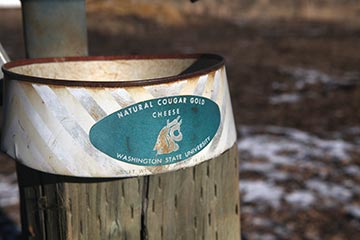
Cheese is a complex science and when done right, out-of-the-world delicious. Kim and I and friends visited Ferdinand’s Ice Cream Shoppe, Washington State University’s creamery, to see how large-scale production cheese-making is accomplished.
When we arrived, they had a batch of cheese on the finishing table and were getting ready to put it into cans to be aged.
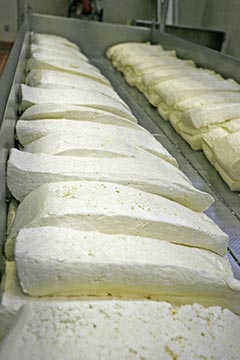
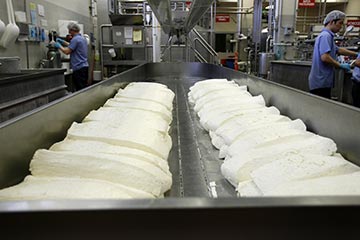
First they chop the slabs up into curds.
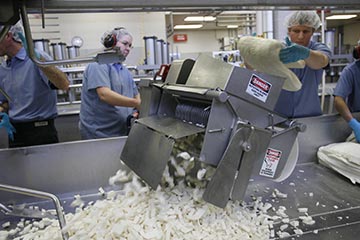
Then they added (like a ton of!) salt to keep the curds from liquifying back together again.
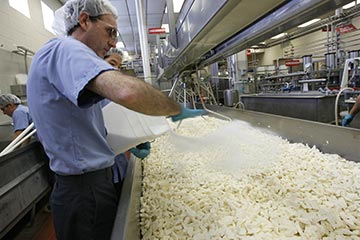
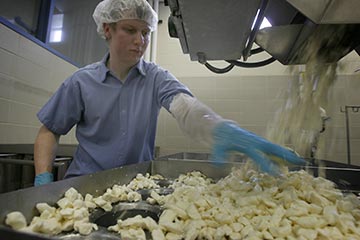
The curds are then put into pressurized containers for an hour to remove the last of the whey.
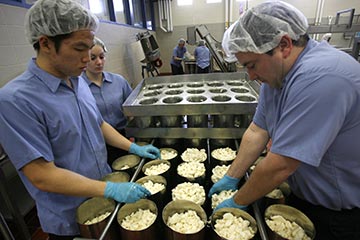
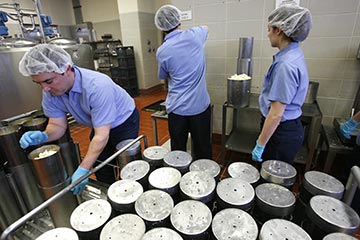
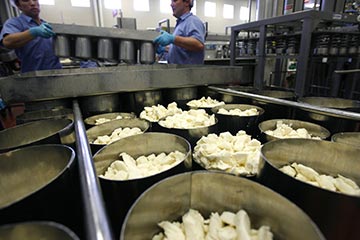
After an hour, the cheese is wrapped in cheesecloth, and allowed to press again overnight to give the cheese a smooth surface.
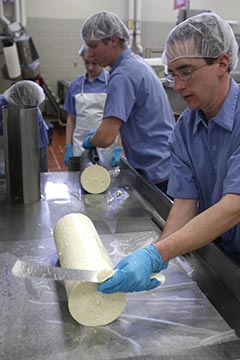
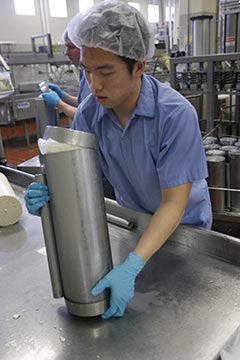
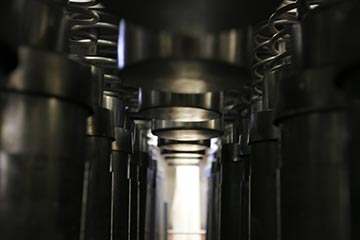
The next day the cheese is sliced into rounds and placed into their signature cans and vacuum sealed. Cougar Gold, a gourmet cheddar, is then left to age for 1 year before being sold.

You may purchase Cougar Gold online at Ferdinands in Pullman, Washington (or their ice cream on location). All the cheese is made by Washington State University students. At the end of our tour (we organized the tour with some friends who homeschool), we were treated to free double-decker ice cream cones. Chocolate mint for me, espresso for Kim, huckleberry for the kids.





















































We always have a can of their cheese from them at Christmas. It is good. Are you making cheeses from your Jersey milk? I just got my first Jersey, Buttercup, in September and am experimenting with all sorts of things! And looking for recipes!!!
My daughter-in-law has worked up several homemade cheese recipes. Unfortunately, I’m saving them for my book! (But I might sneak a couple to you via email.) I ate our own cottage cheese for lunch today. How sweet that you have a cow named Buttercup. Perfect name.
The cheese-making process simply fascinates me. It’s an age-old process that was developed to preserve the goodness of milk in a way that keeps it from going bad. And cheese comes in so many varieties! Years ago, when my husband and I worked at a food co-op, we purchased raw milk on a regular basis. From the gallons we bought I skimmed the cream and made butter; I made cottage cheese as well as yogurt. And throughout the work I was fascinated by how the processes worked. I have a cookbook that’s based on the old time stillroom. The oldtimers knew how to prepare and to preserve so many things and much of it without all the modern conveniences that we have today.
Thanks for taking the time to describe the terminlogy to the learners!